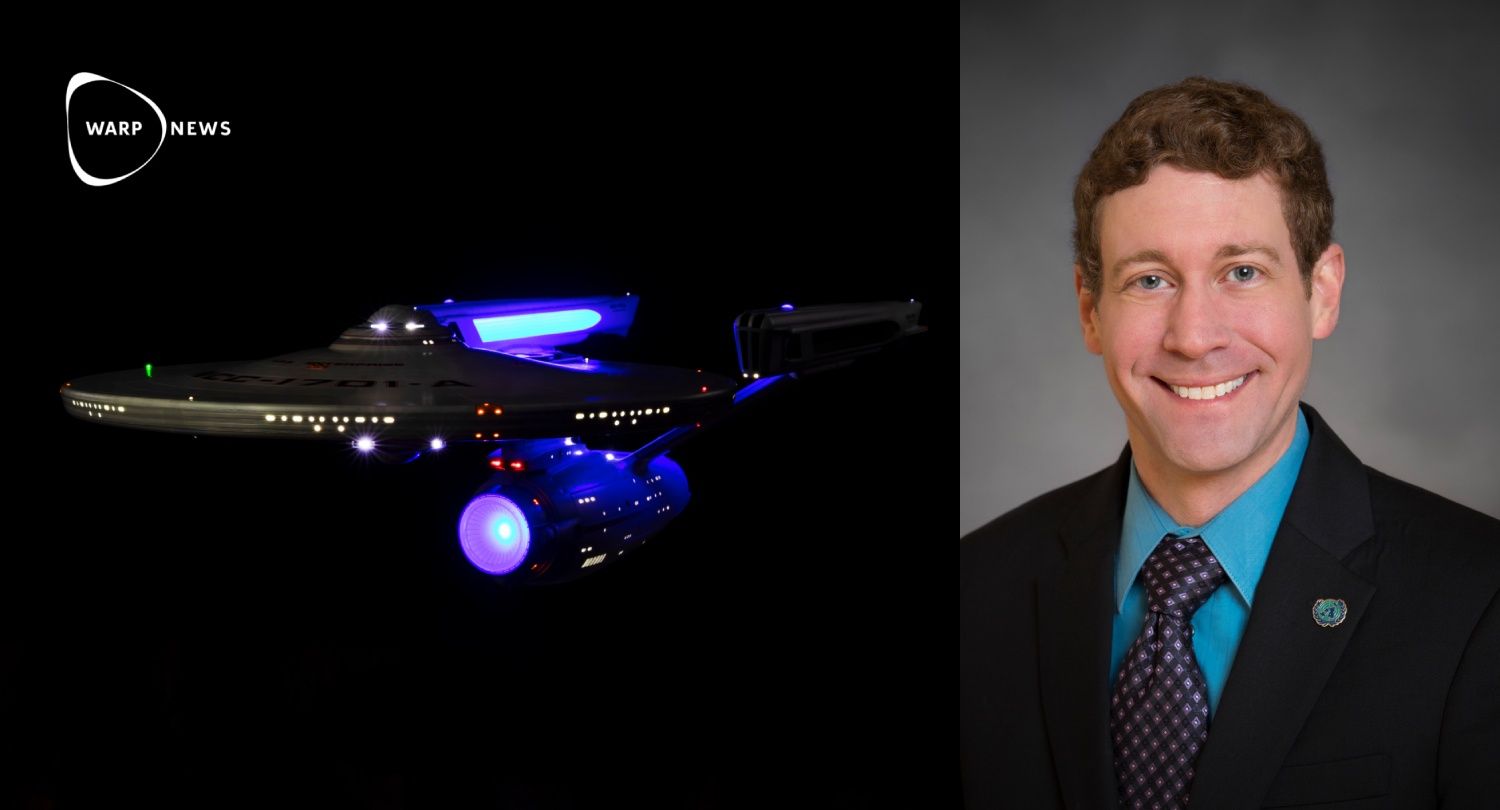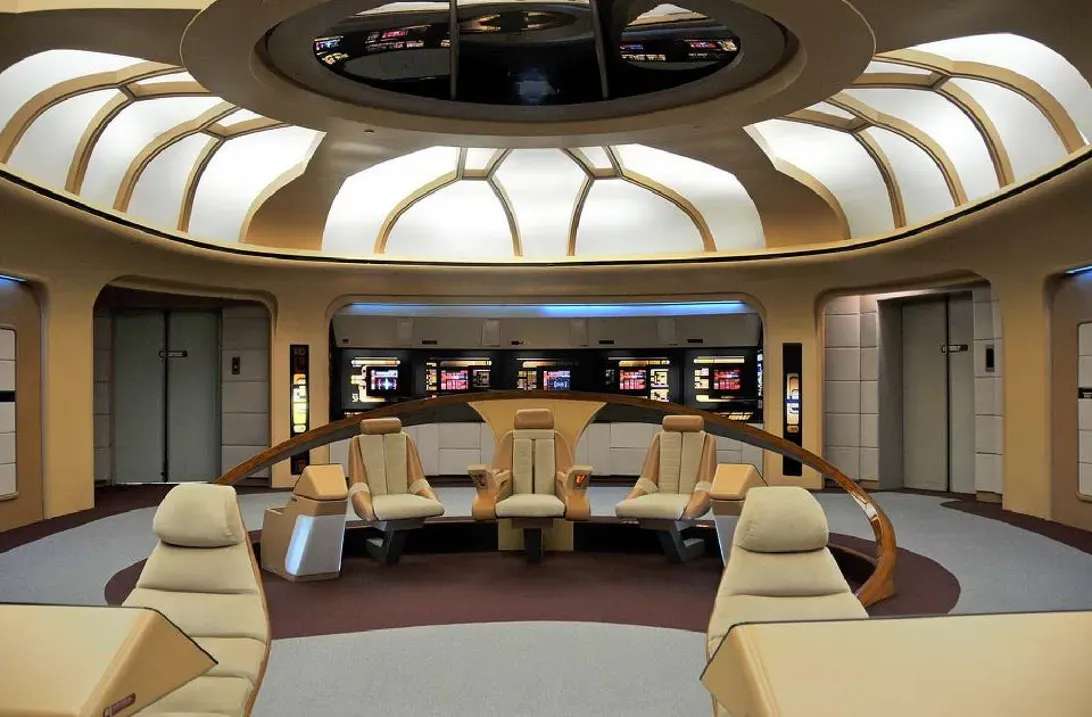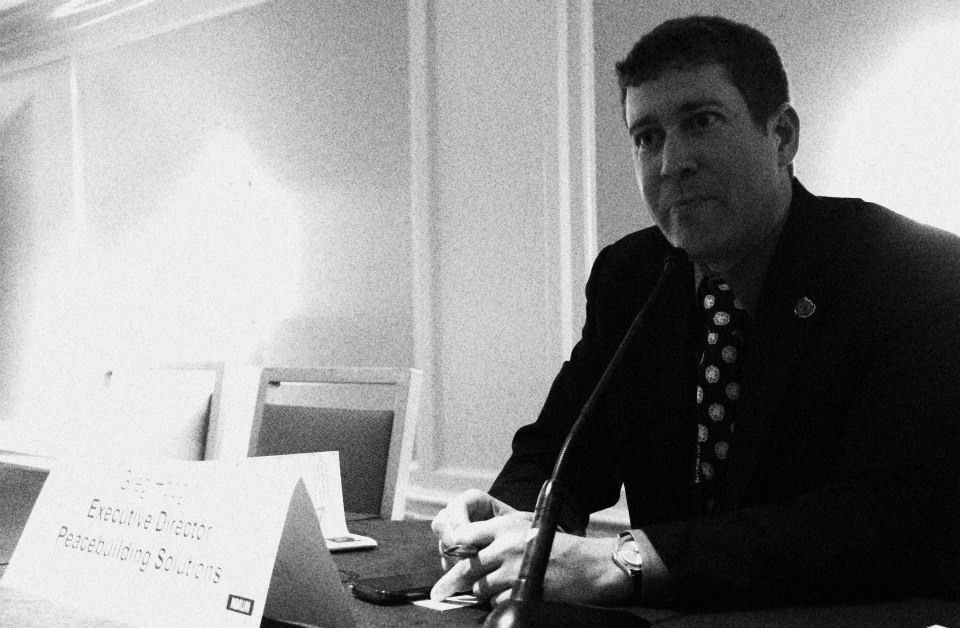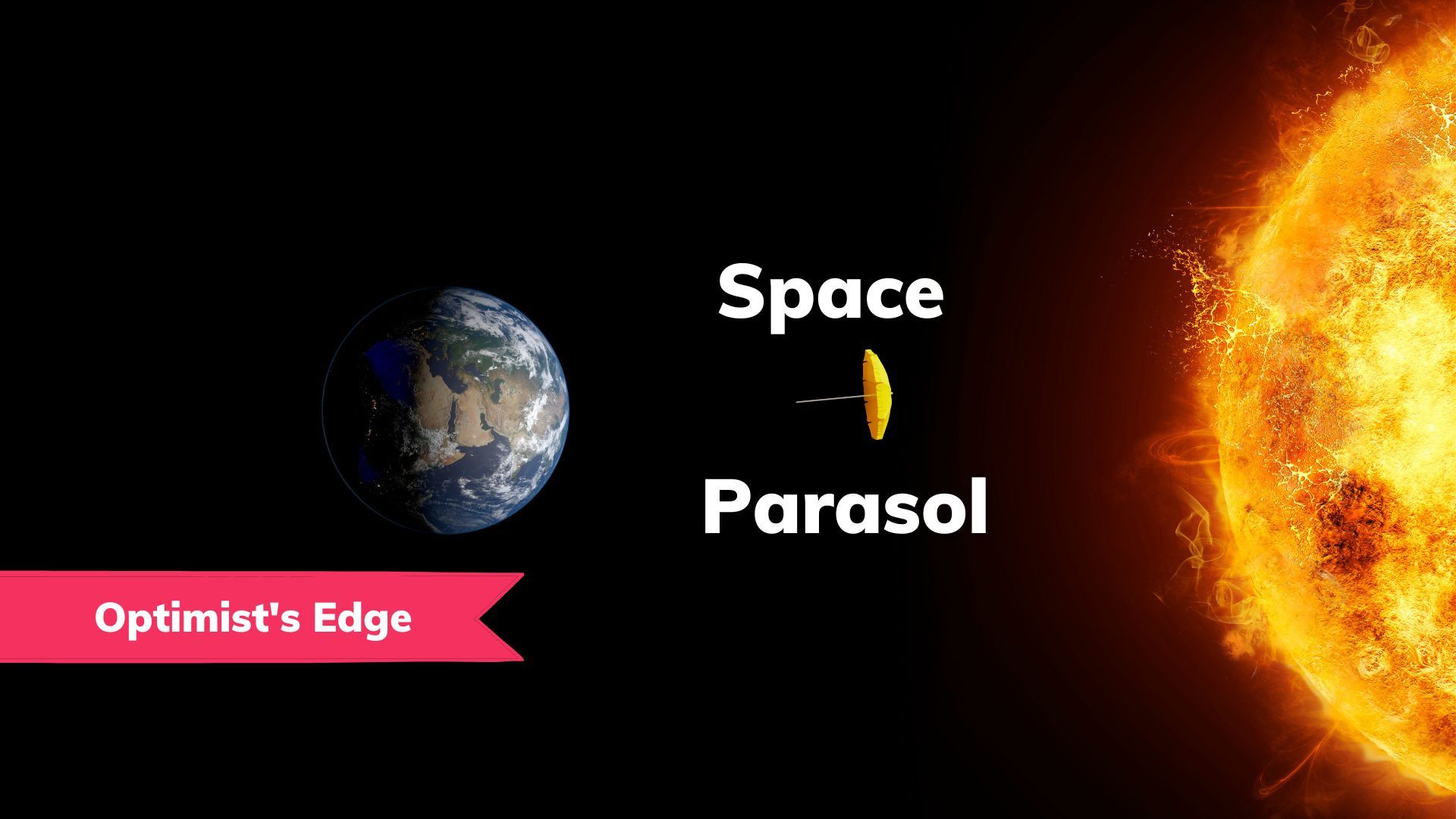
🖖🏻 A new effort to create a Warp Drive and bring about an optimistic future
Greg Hodgin is trying to go from science fiction to science fact by creating a Warp Drive that will make it possible to travel faster than light.
Share this story!
We did the interview via Zoom and Greg Hodgin’s background is, of course, the bridge of U.S.S. Enterprise from Star Trek: The Next Generation.
‘Of course’ because Greg Hodgin is on a mission to invent a real Warp Drive, the - so-far - faster than light fictional propulsion system that lets captains Kirk, Picard, Sisko, Janeway, and Archer go where no one has gone before.

Why is Star Trek such an inspiration for you? You even named your company, ZC Institute, after the fictional inventor of the Warp Drive, Zefram Cochrane.
"Star Trek has always had this optimistic view of the future. It’s not the Terminator. This idea that humanity, for the lack of a better term, grows up. The Next Generation was this idea that humanity has gotten over its shit. We’ve moved on from petty squabbles over bullshit."
The general concept of warp drive was introduced by John W. Campbell in his 1957 novel Islands of Space and was popularized by the Star Trek series.
Read more on Wikipedia.
It is mostly physicists that are active in the Warp Drive field, which makes Greg Hodgin an odd bird. He has a degree in biochemistry, a Ph.D. in political science, and lectured at Georgia State University. In 2008 he founded an international non-profit, Peacebuilding Solutions, for which he has been the Executive Director.

Two breakthroughs in Warp Drive research
The Warp Drive field got a big boost in the mid-90s. Theoretical physicist Miguel Alcubierre proposed creating a warp bubble that the spaceship could travel in, now known as the Alcubierre Drive. But this requires an enormous quantity of negative energy. The problem is that no one knows how to produce such large negative energy or if it even exists.
Last year the field got another boost when physicist Erik Lentz showed how positive, i.e., ordinary, energy is enough to create a Warp Drive bubble if you take advantage of hyperbolic space-time instead of linear.

Instead of Alcuiberre's proposal where the expansion of space-time takes place behind the ship, and the contraction of space-time takes place in the direction of travel, both expansion and contraction take place on all sides of the soliton in Lentz's theory. The soliton is, in essence, the space-time itself, which is curved to a certain shape but remains stable.
A warp bubble of 200 meters in diameter would then “only” need the amount of energy comparable to about one-tenth of the sun's mass.
Lentz is not alone in showing that theoretically a warp bubble can be achieved with only positive energy. He is joined by Alexey Bobrick, Gianni Martire, Shaun Fell, and Lavinia Heisenberg. But they did not discuss how to do it.
Go small to go big – and fast
For that, we need engineers, and maybe also a biochemist and political scientist. And Greg Hodgin’s idea is to go small.
"Why start with such a big bubble?" he says. "Why don’t you start small? Why don’t you start with a micrometer, just as a proof of concept?"
A micrometer is 0.001 millimeter.
This means that gravity isn't the only way to warp spacetime. There might be a way to use electrical charge instead. If that is the case, that would require far less energy than we've previously thought. This can all be accomplished with positive energy and positive matter.

Btw, we can also solve nuclear fusion
If they manage to create that first small warp bubble, that would lead to another major breakthrough: Nuclear fusion.
"One of the things you could do with a microscopic warp bubble is, when you turn it on, it distorts space-time. So if you nest them correctly you can take a portion of space-time and basically crunch its volume to almost zero. This means that you can now get over the temperature and pressure issues of fusion. This means that if you build it correctly you can actually create a sustainable nuclear fusion reactor."
"This also means that the fusion isn't a one-shot like the current models being pursued. If we can control the reaction rate we can continuously produce power, something that current fusion models are incapable of doing."
This, in turn, would let them expand the size of the warp bubble.
Move the warp bubble to get to faster-than-light speed
Controlling the warp bubble, learning how to turn it on and off, and making it asymmetric instead of symmetric will also make it possible to move the bubble.
Greg Hodgin explains:
"So, let's say that you're warping spacetime a micrometer at a time (10^-6 m). So each time you turn the warp drive on, you're moving one micrometer. Sounds small, right? And it is! But if you are able to pulse the warp drive very fast, then you're really moving."
"Let's say we've got a warp field that can warp space-time a millimeter at a time (1 x 10^-3 m). Now we pulse the drive at a frequency of 1 THz (1 x 10^12 sec-1). Once you do the math, you realize you're moving at an apparent velocity of 1 x 10^9 m/sec, which is faster than light speeds."

A network of labs
But this is not the only theory they will test. Greg Hodgin’s goal is to set up a handful of labs testing and developing different theories. The labs will share knowledge with each other and continue work on the most promising tests.
The first step is an application for a grant from the National Science Foundation. The goal is to do a proof of concept within five years.
Why should we go faster than light?
If you are successful with the small warp bubble, and then start to expand the size of it, do you think that can get us to faster than light travel, an actual Warp Drive?
"Yes, absolutely and the business model we are setting up is designed to get there."
Why do you think it is important to get there?
"Once we can go faster than light and find a whole galaxy out there, our problems here on Earth are going to become really small. We don’t know what to expect. It could be extraordinary. Even if it's empty space, there are millions of planets we can visit, settle and learn stuff that we can never learn here."
"And if we put all our eggs in one basket and stay here on Earth, we will eventually die out. We know that."
From science fiction to science fact
Greg Hodgin is not a physicist nor an engineer. I don’t think that is a problem. He is absolutely well versed in the physics of Warp Drives, but what he attempts to do is not just the theory or even the proof of concept. He wants to eventually make a useful tool for humanity. The theory is of course a key component, but to move the project beyond that other skills are required. I don’t know if Greg Hodgin has what it takes, and the task is of course immensely difficult. But I know I’m rooting for him and his team.
Wouldn’t it be beautiful if inspiration from science fiction leads to a non-fictional Warp Drive, and that helped us achieve the optimistic future from the Star Trek universe?
"There can be optimism, there can be a better and brighter tomorrow. And it is our choice if we want to do that," says Greg Hodgin.

By becoming a premium supporter, you help in the creation and sharing of fact-based optimistic news all over the world.



